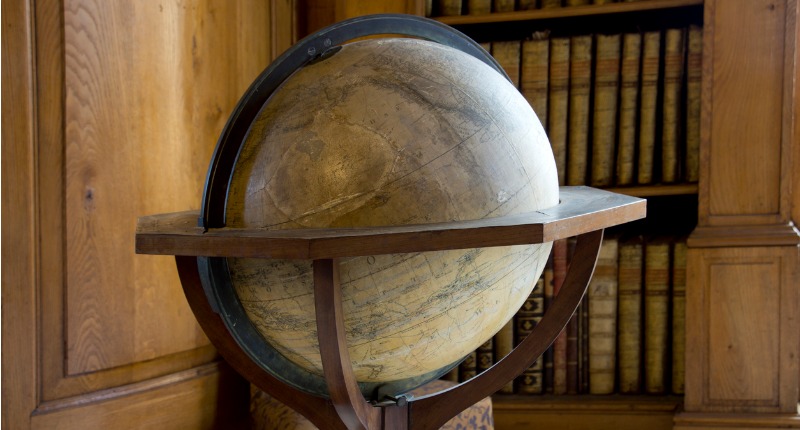Terrestrial globes have long been used as a physical and tactile representation of our planet. They are considered an integral element of any geography class or, in numerous cases, a highly-regarded accessory of a study room and child’s bedroom.
Whether labeled as scientific, decorative or historical, globes have marked the progress of our human civilization since their invention.

Long before that, even the Ancient Greeks represented the Earth as a spherical shape, while sometime before the 13th century, an early form of spherical map was designed in the Islamic world.
However, none of these survived — only two-dimensional illustrations and text descriptions.
History books and museums have revealed early versions of terrestrial globes that seem peculiar but fascinating, especially the oldest surviving of them all, known as the “Erdapfel” and colloquially dubbed as “the potato.”
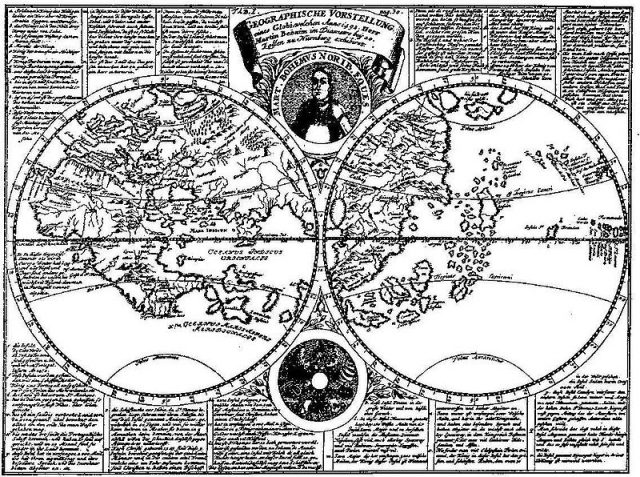
The oldest known globe in the world is an appealing artifact that “has got the beauty, but not the brains,” referring to its weak cartographic representations.
The birth of the Erdapfel dates back to 1492. Its inventor was the polymath Martin Behaim, a popular German geographer, mariner, merchant, and philosopher, who was also an explorer in service to the King of Portugal.
After Behaim finished his voyage around the “Known World,” visiting Portugal as well as the West Coast of Africa, he returned to his native city of Nuremberg.
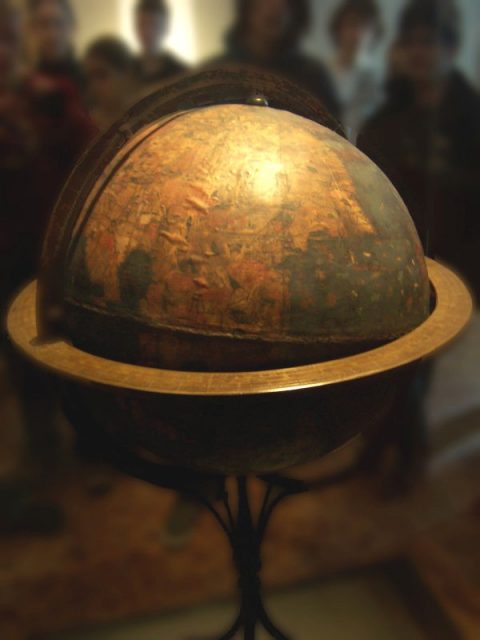
There, between 1491 and 1493, as UCSB Geography explains, in collaboration with the painter Georg Albrecht Glockendon, he constructed his idea of the terrestrial globe which he called the Erdapfel.
Reportedly, the project confirmed the idea of a globe which was previously envisioned by Pope Sixtus IV in 1475. Behaim upgraded the Pope’s idea by improving the meridians and the equatorial line.
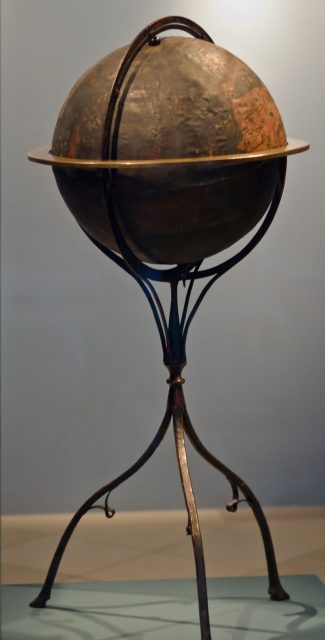
The Erdapfel is made of two delicate halves joined around a wooden frame. The halves are constructed of linen strips wrapped around a clay ball and pulled away.
Though Behaim is considered the father of this eminent project, there were many artisans and helpers behind the curtains.
Hundreds of gorgeous miniature details cover the globe, displaying flags, saints, rulers, a variety of animals as well as boats and fictional creatures.
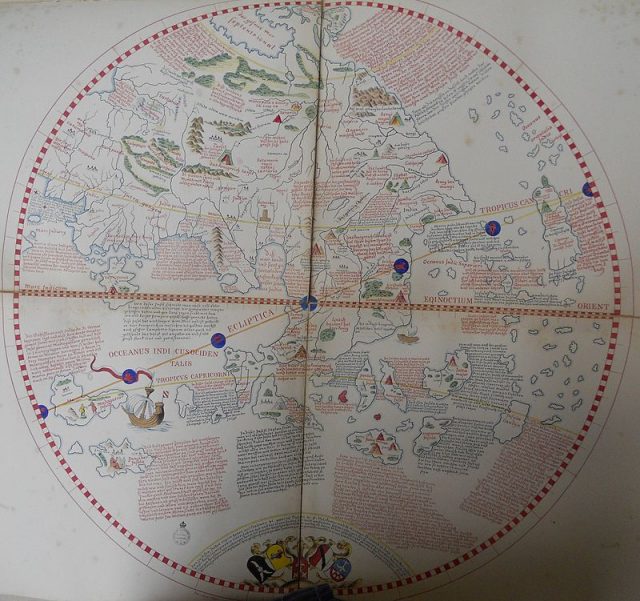
The Behaim Globe can be described as having an apparent influence from Ptolemy’s representation of Africa and incorporates Marco Polo’s voyages as well as discoveries of the later Middle Ages.
Nevertheless, it’s been noted that the globe had a number of geographic errors, for example, the representation of Western Africa, the position of the Cape Verde archipelago, as well as many non-existent islands that were invented for the ideological purposes of Medieval Christendom.
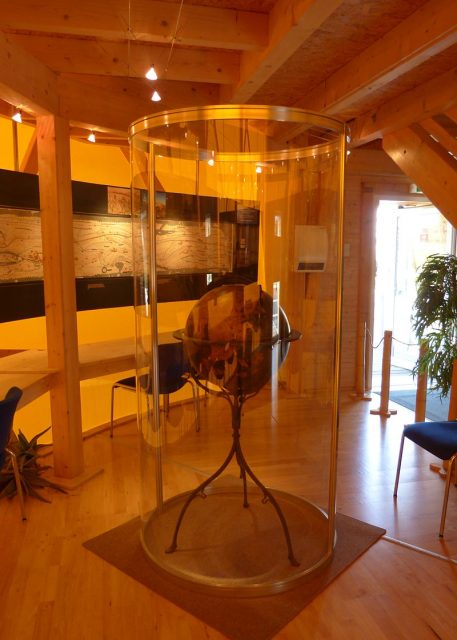
Moreover, as UCSB Geography reports, many places have up to 16° errors in the location, while modern maps hardly ever have more than 1°. The reason for this was the lack of accurate data regarding longitude.
The Erdapfel is not only a rare piece of antiquity but was notably created on the eve of Christopher Columbus’ “discovery” of the Americas.
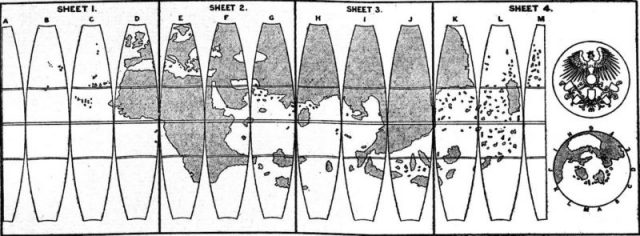
Behaim gave the globe to the Nuremberg City Council which held it until the 16th century. It was returned to the Behaim family who were quite indifferent and kept it in storage until the 19th century, when it was finally rediscovered.
Until recently, the globe was preserved in the German National Museum in Nuremberg, the heart of the German Renaissance, on the same floor as Albrecht Dürer’s gallery. It has now been relocated to Vienna, as part of the Behaim Digital Globe Project where it is studied in high resolution.
Despite the errors and the apparently different representations of our planet’s surface, the Erdapfel is a highly significant scientific work that provides an encyclopedic image of the Western interpretation of the world in 1492.
